By Alyce Collins
WHAT STARTED as pins and needles became total PARALYSIS to the point that doctors thought this woman was completely UNRESPONSIVE, but she was actually ‘LOCKED IN’ her own body – for A MONTH.
Pharmacist Anstey Campbell (29) from Dargaville, New Zealand, noticed she had pins and needles in her toes on the morning of January 17, 2019 after returning from a run. Thinking it was nothing, she got ready for work but by lunchtime the pins and needles took over her feet.
As the afternoon progressed, the pins and needles spread to her hands so she went to her GP who wasn’t concerned and said it could be stress related. That evening, Anstey’s legs became weak and her knees buckled when she stood up.
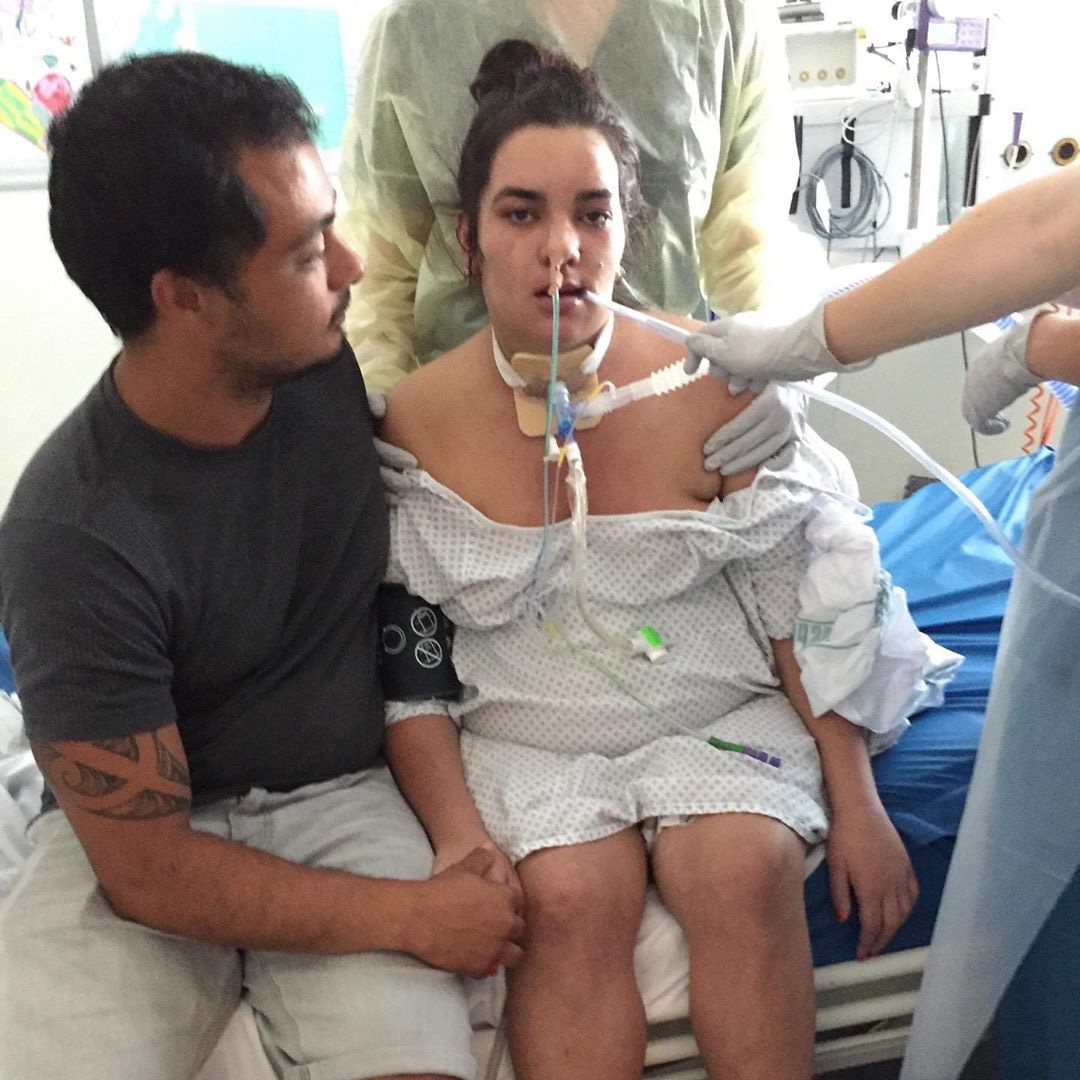
After a sleepless night due to chest pain, Anstey got up the following morning and fell to the floor as her legs were so weak. Through the day, Anstey’s body was gradually taken over by paralysis which worked its way up her body to her face. Fortunately, Anstey’s mum stayed with her and knew she needed to call an ambulance for her daughter.
Within 15 minutes of seeing a doctor at the hospital, Anstey was diagnosed with Guillain-Barre Syndrome (GBS), muscle weakness caused by the body’s immune system attacking the nervous system. Anstey was transferred to ICU, but as her breathing deteriorated and her entire body became paralysed, even her eyelids, doctors decided to put her in an induced coma for a week to save her lungs.
Doctors lowered Anstey’s sedation after and she was placed on a ventilator for 86 days. Doctors looked for a response after lowering the sedation, but there was nothing and they believed Anstey was completely unresponsive, however for 31 days she was actually experiencing locked in syndrome – when the whole body is paralysed but a person is still conscious and aware of their surroundings.
Locked in syndrome was terrifying for Anstey because she was desperate to communicate with doctors who were asking her for responses, but as hard as she tried, nothing happened and with her eyes shut she could only tell day from night by the visitors she could hear.
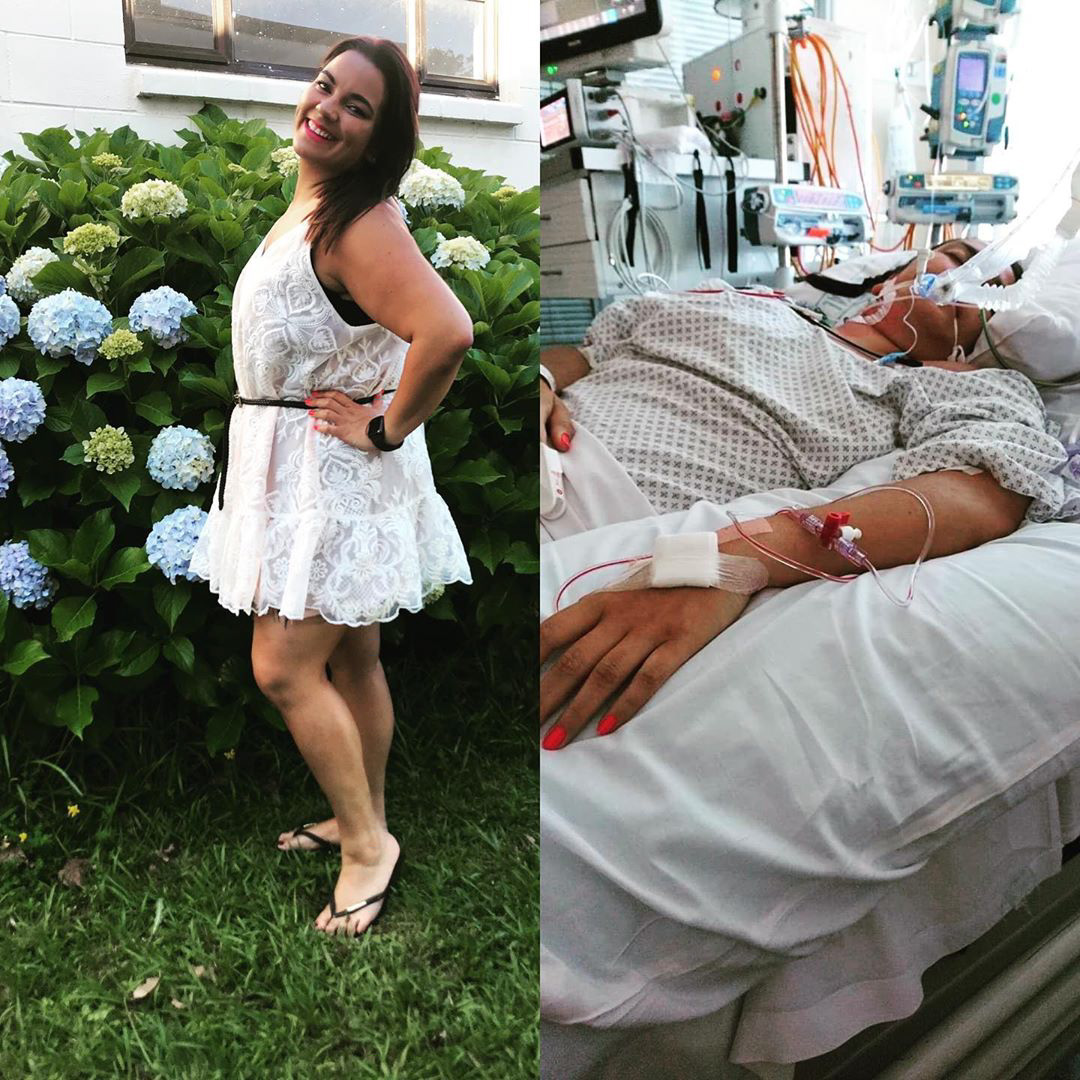
“On the morning of January 17, I noticed pins and needles in the toes of my left foot after a run before work, but I didn’t think anything of it. By lunchtime I had pins and needles in both feet, I thought it was the new shoes I was wearing so went home and changed them,” said Anstey.
“By mid-afternoon the pins and needles had spread to my fingertips, so I went and saw a GP because I thought it was weird. He didn’t seem concerned because I still had full function in my hands and feet. He suggested that perhaps it was anxiety, and to return the following day if it hadn’t improved.
“I remember him bringing up GBS, but we brushed over it because it’s so rare so we thought surely it couldn’t be that.
“That evening I was walking downstairs and my legs began to buckle, which was the start of the weakness which later turned into paralysis. Overnight I developed chest and stomach pain, it felt like bad indigestion, but no medicine relieved the pain and it just kept getting worse. I later learned it was a sign of my diaphragm and lungs slowly shutting down.
“The next morning, as I got out of bed, I collapsed on the floor due to extreme leg weakness. I was living alone at the time, but luckily my mum had come to stay with me. I kept saying I’d be fine, but her mother’s intuition kicked in and she came.
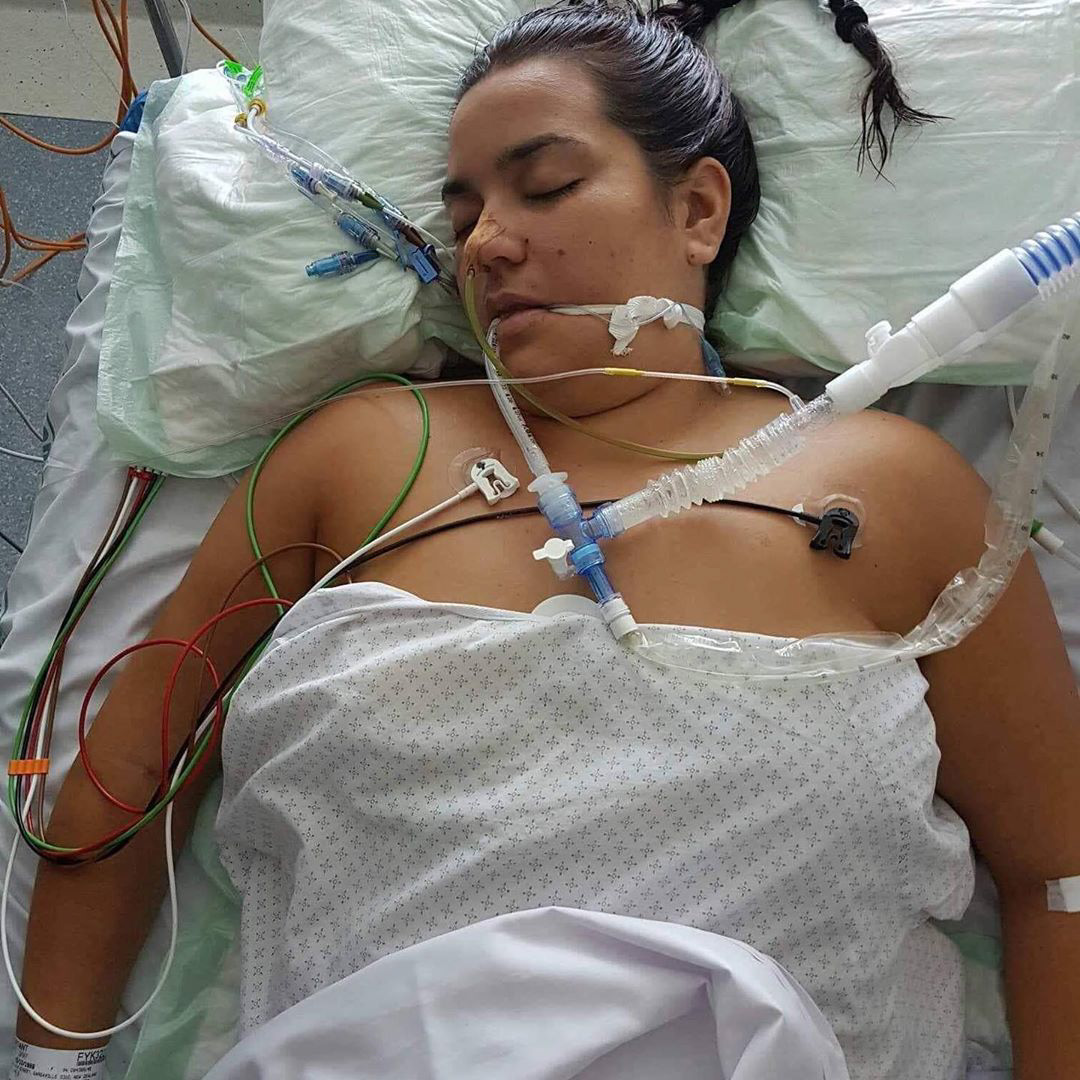
“We called the ambulance and I was taken to our local hospital where I saw a GP who was well known to me. The weakness was spreading to my upper body and face by this time. Within 15 minutes, the doctor diagnosed me with GBS and she told me what to expect and referred me to the emergency department of our nearest major hospital.
“I spent the day in the emergency department getting tests and scans before being transferred to ICU for closer monitoring.
“Over the course of the day, I slowly became paralysed from the legs to the top of my head. By the time I was intubated I was so weak I could barely open my eyelids.
“My breathing was deteriorating, and the doctors could see the struggle I was having to breathe so they decided to put me under to protect my lungs.
“A few days after being intubated, it became clear that I needed long-term respiratory support. So, they decided to give me a tracheostomy and put me on a ventilator for 86 days.
“After around a week of being fully out, the doctors lowered my sedation and from what they saw I was completely unresponsive, but I was actually locked in, it was the most terrifying thing imaginable.
“I remember the doctors tried all these tests to get some sort of response and it was really terrifying when I realised I was stuck inside. I was trying to do what they were telling me to, but nothing was happening. I remember the doctor pushing hard on my brow bone to try and make my eyes open, it was so painful and all I was saying inside was ‘stop’.
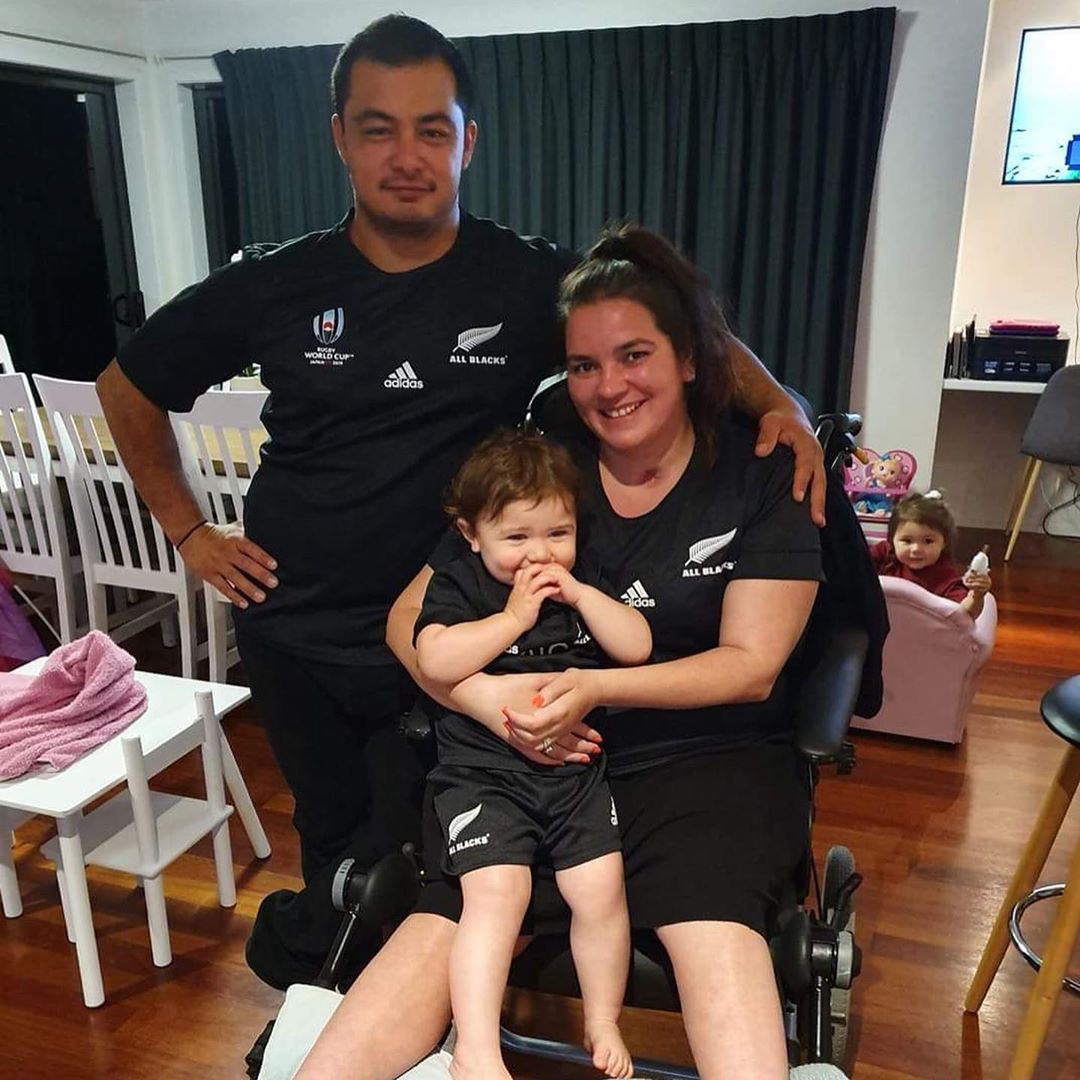
“It was terrifying being unable to communicate, especially as I was so uncomfortable and I couldn’t say I was in pain. With my eyes permanently shut, it was difficult to establish day from night and my only cue was when the visitors dwindled.
“The first movement I got back was a twitch in my jaw, and it became one twitch for yes and two twitches for no.”
Anstey was given five rounds of IVIG treatment and then five rounds of plasmapheresis. After 86 days on the ventilator, Anstey had to learn how to breathe again – something which was once so natural but became a difficult task.
Anstey is still in hospital, but she can return home each weekend. She has regained some strength in her upper body and has recovered movement since doing physio twice a day for the last six months.
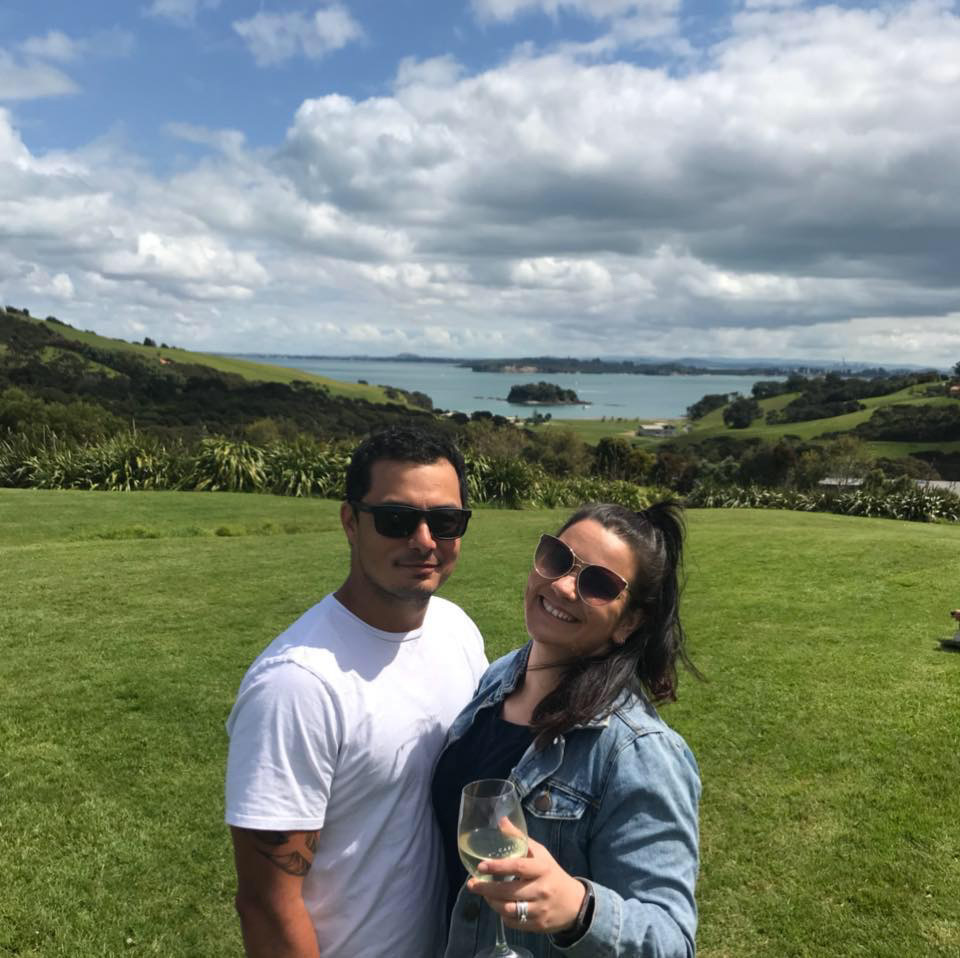
“When I woke up, I was told that I had been quite sick, and my case was on the severe side so it would take me while to get off the ventilator and breathe for myself,” said Anstey.
“When I came off the ventilator, I still had the tracheostomy so although the ventilator wasn’t breathing for me, I was still breathing in and out of my tracheostomy site. When they capped that to see if I could breathe out of my mouth and nose, I only lasted a couple of seconds before they had to take the cap off. It’s bizarre to think that your body can forget how to do something so automatic like breathing.
“When I was in ICU, I was having chest physiotherapy twice a day to help remove secretions from my chest and prevent pneumonia. I was also getting assisted movements every day to prevent stiffness.
“Since being in rehab, I’ve been doing more intense physiotherapy twice a day to strengthen the movements I do have.
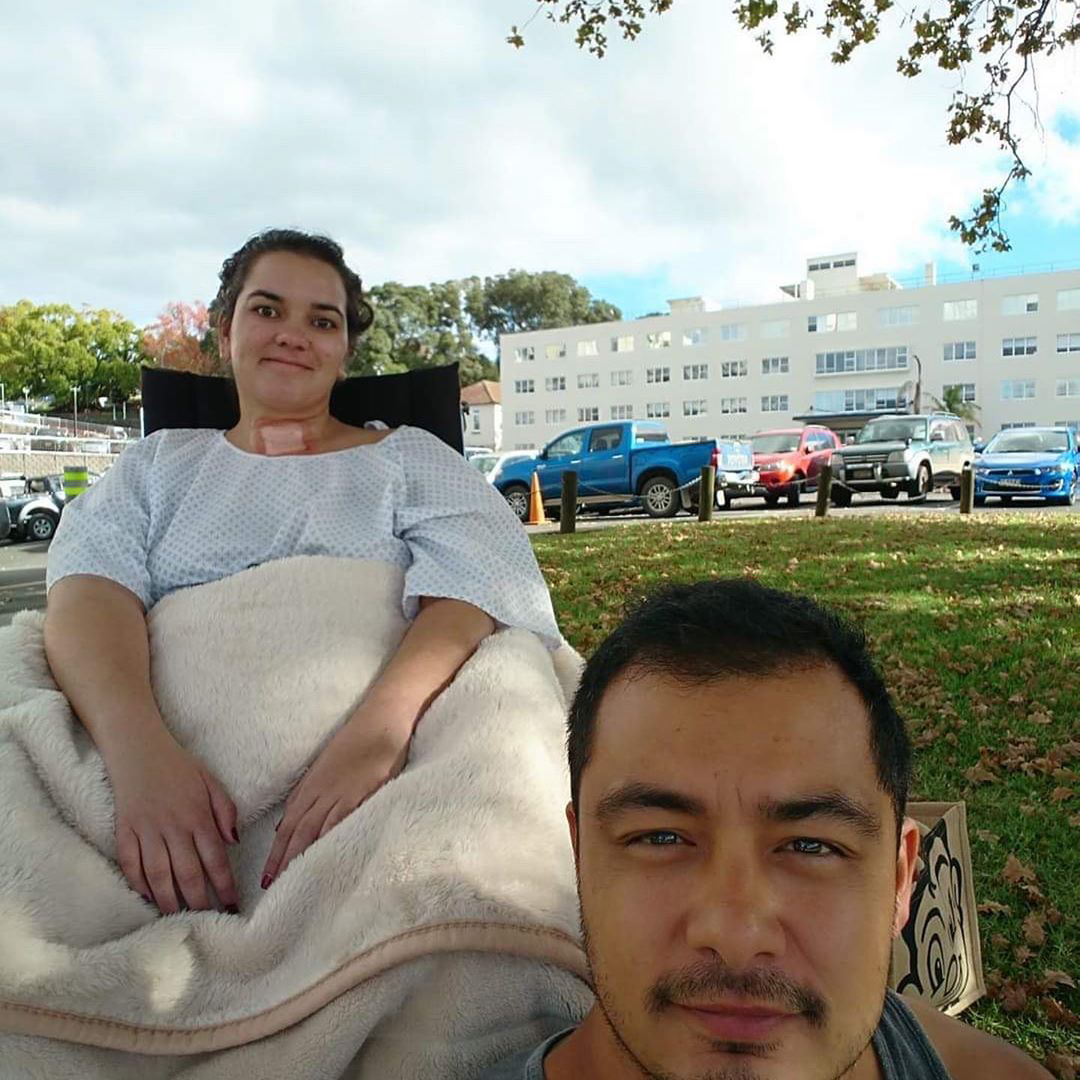
“Some doctors have been positive and said I will regain most, if not all, of my function whereas others have said I’ll be in a wheelchair for a long time. But the common theme is that my recovery will take a long time.
“My upper body is getting stronger and I have a lot of movement back. My hands are a work in progress as I can’t grip yet and my wrists are weak. My lower body is still weak so I can’t stand unaided, but I can move my legs a bit.
“I have spent a lot of time asking why this happened to me, but it got me nowhere except feeling resentment towards the hand I’ve been dealt. If something unexpected happens in life, let go of the life you had planned and accept the new story you get to write.”
To see more, visit https://www.instagram.com/ansteyvgbs/






